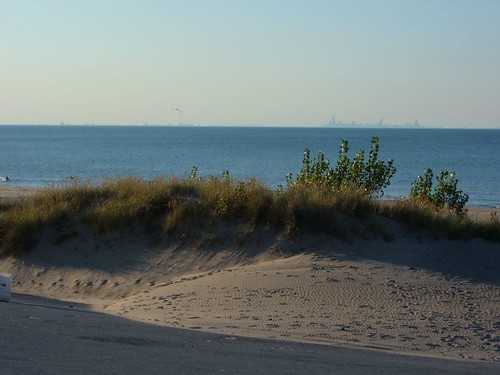This is A Chicago Sojourn, a Chicago-based photography blog.

And this is about the only Chicago skyline photo you'll see here.
You also won't find any photos of the bean sculpture in Millennium Park. No Sears Tower. No views from the John Hancock. No shots looking up the Chicago River toward the Wrigley Building. No interior shots of the grand hall in the Field Museum. None of Frank Ghery's titanium nonsense.

In my years of
visiting Chicago, I did all that and much more. As a resident of this city of millions, my interest has expanded beyond all that, to an endless cityscape filled with places wonderful and terrible, famous and forgotten
It's the forgotten parts that fascinate me.

I've always gravitated to the forgotten: in
St. Louis, in
Milwaukee, everywhere I go. And so it is here.

This blog will be a casual document of my own discoveries, as I continue to branch out and delve deeper and deeper into the guts of Chicago. It will be photo-intensive. It will feature lots and lots of architecture. It will be relatively obscure. And hopefully, it will convey my own sense of wonder and amazement at the endless cityscape around me.

I hope you'll come along for the journey.





















